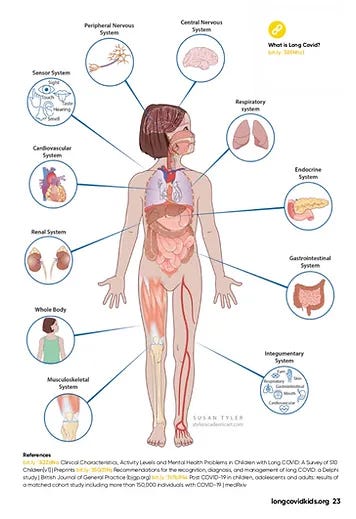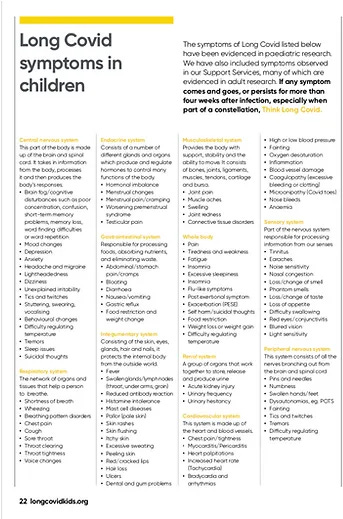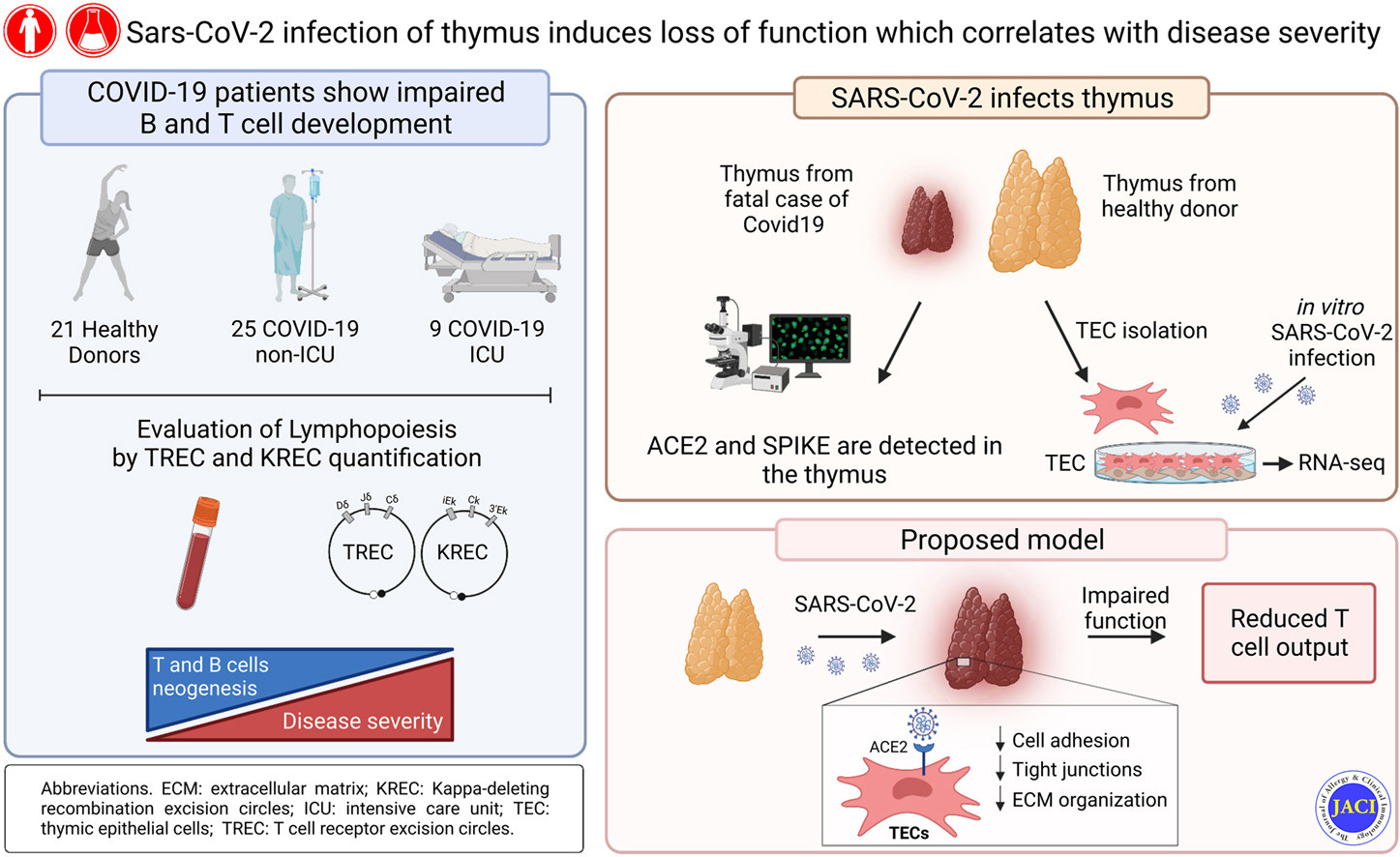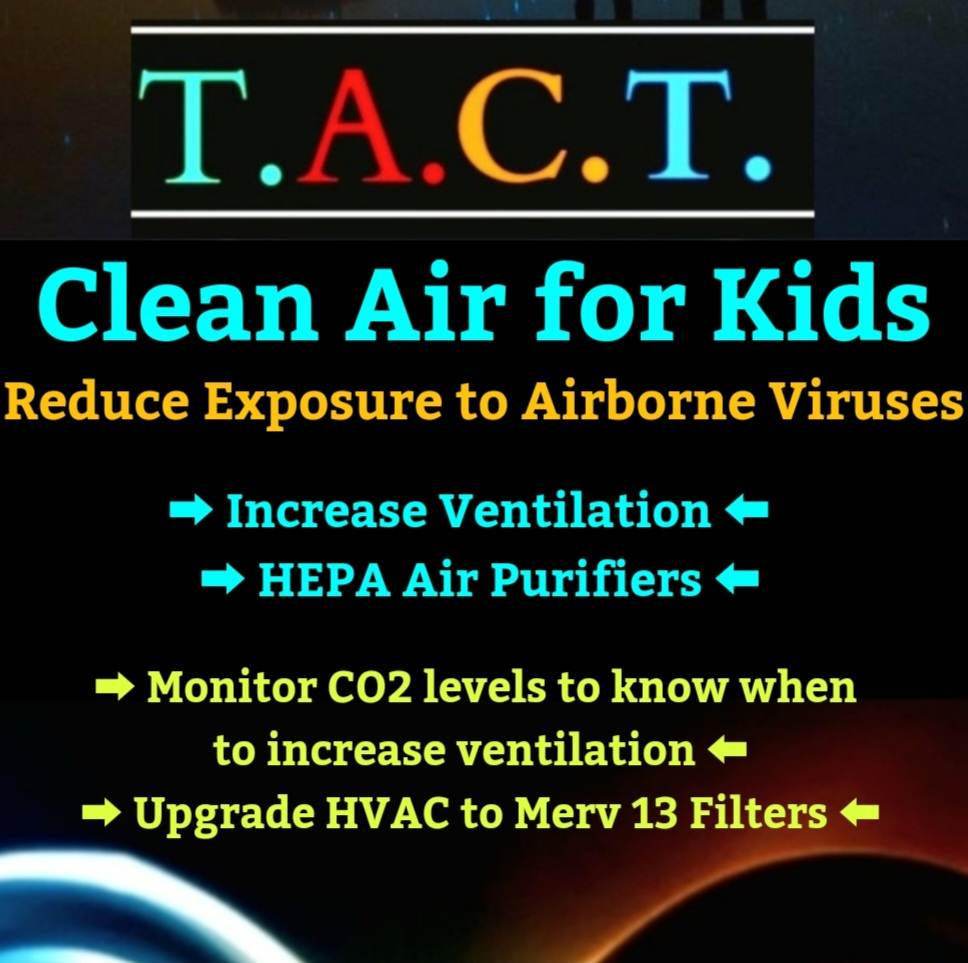COVID May Be Causing Irreversible Damage to Children’s Immune Systems - COVID's Life in 5 Steps
This damage could be costing children and adults decades of their lives and reducing the quality of life at a much earlier age
Updated: 2/21/2023
Part 1: COVID’s strategy
First, let’s look at things from COVID’s perspective. This may help you understand why it is so dangerous.
COVID's Life in 5 Steps
Step 1: Locate and infect a host.
Step 2: Suppress the immune response so the host doesn't know it's invading, weakening it for several weeks to many months and possibly for life.
Step 3: Infect areas of the body that the immune system can't reach, such as the pancreas, joints, testicles, brain, and central nervous system, and then relax in its new home.
Step 4: Adapt to new treatments by mutating. If lucky, it meets a new variant, and they can have children that make it to step 5.
Step 5: Many of the mutated virus and/or their offspring will remain, while as many as possible will leave their home in search of new hosts.
When we use new treatments while letting COVID spread freely, it learns how to beat the treatments and our immune systems. Said another way, allowing unrestricted transmission while treating it trains it to be more effective at evading treatments and our immune system. Using this strategy, COVID will evolve around each new treatment we throw at it within six months to a year.
Part 2: Prepubescent children's immune systems may be permanently harmed.
We'll look at how step two, suppressing the immune response, harms our immune system. Prepubescent children's immune systems, in particular, may be permanently harmed.
Antibodies serve as an important layer of defense, and COVID has learned to evade that layer. That means the burden of defending our bodies falls on T-cells, the thymus, and the lymphatic system.
We already have studies showing how COVID can infect CD-4 T-cells, dendritic cells, and neutrophils, so the question of whether or not COVID can weaken the immune system by depleting these cells has been answered.
We know that COVID has been listed as one of the leading causes of Lymphocytopenia. "People with lymphocytopenia experience recurrent infections or develop infections with unusual organisms & it is a risk factor for the development of cancers & for autoimmune disorders."
A peer-reviewed study, "Immune cell dysregulation is a driver of COVID severity," noted a "decreased total conventional DC (cDC), conventional type 2 DC (DC2), and plasmacytoid DC (pDC). CyTOF also showed lymphopenia of CD4 and CD8 T cell populations."
COVID impacts everyone’s immune system to varying degrees. Some people recover faster than others, but it can take weeks to more than eight months to recover.
The thymus gland is like the heart of the immune system. It is a gland that produces naive T cells until puberty. The thymus starts decreasing in size after puberty. It gets replaced by fatty tissue over the years, so that by the age of 65 it is almost non-existent. When thymic function decreases and eventually stops, the T-cell base is aged, and the copies are worn out or exhausted, it becomes more difficult to defend against infection and increases the likelihood of inflammation, auto-immune disorders, vascular dysfunction, cognitive dysfunction, cancer, and many other problems.
The key point for children is that the thymus makes the naive T cells that serve as the reservoir or foundation for the body to replicate for the rest of adulthood. If the virus infiltrates the thymus without antibodies to stop it, the damage could limit the number of naive T-cells. The naive T-cell pool could be smaller, resulting in poorer health earlier in life and a shorter life span.
COVID has been shown to infect and potentially damage the thymus. We will go over this in more detail below. This can happen with other viruses, but COVID is different because it is very contagious, changes very quickly because it is spread so widely, and infects children over and over again in short amounts of time. That means that children have less time to recover function of the thymus and make the naive T-cells they need prior to puberty.
Damage to the thymus at any age is equivalent to subtracting years from our lives, but for younger children, this damage could be costing them decades of their lives and reducing their quality of life in their 30s, 40s, or 50s instead of their 60s, 70s, or 80s.
"SARS-CoV-2 can directly target the thymus and alter gene expression profile of thymic epithelium."
Part 3: COVID infection of the thymus alters its function
The thymus gland is the primary organ for the generation and education of T cells. This process is highly dependent on the cross-talk between developing thymocytes and the thymic stromal compartment, which consists of thymic epithelial cells (TECs), macrophages, endothelial cells, fibroblasts, and dendritic cells. This study explains that “cTECs control fate commitment, expansion, and positive selection of the developing thymocytes. mTECs are primarily involved in the negative selection of thymocytes and in the establishment of “central tolerance” through the presentation of self-peptides restricted to organs in the periphery by the MHC. Thus, mTECs play a critical role in the induction of tolerance to a large array of tissue-restricted antigens.” "We found that the angiotensin-converting enzyme 2 (ACE2), which is the main receptor for entry of SARS-CoV-2 into the host cells, was expressed in the thymic epithelium and in particular by mTECs."
COVID can enter TECs and affect their gene expression profile, upregulating genes linked to the “COVID” and downregulating pathways associated with epithelial cell adhesion and survival.
Impaired thymic function from COVID could potentially lead to significant immunologic consequences. In addition to being very important for making T-cells early in life, good thymic function is also needed to get T-cell immunity back after an infection. Delayed recovery of thymic function may contribute to the development of secondary infections, which can worsen the severity of the illness, increase the risk of disease progression, and facilitate persistent symptoms through the reactivation of latent viruses.
If the process of T-cell development goes wrong, it could change the way central tolerance works. This could cause T-cell responses to self-antigens to mature, which can lead to autoimmune responses. It is well known that viral infections can lead to autoimmune diseases like multiple sclerosis, rheumatoid arthritis, type 1 diabetes, and systemic lupus erythematosus (SLE). For proof of this, this study found that patients who had COVID-19 were 42.63% more likely to develop autoimmunity.
Another study published in January 2023, looked at mild and asymptomatic cases of COVID in children and adult family members and how this impacted the immune systems of children. All consented samples used in these analyses were collected between July 23 and October 24, 2020, so before the vaccines were used.
They found that "adults but not children develop robust memory T cell responses to SARS-CoV-2." Children do not have the same memory T-cell protection that adults develop, so that would leave them more exposed to reinfections, or it means they are using more naïve T-cells and damaging the development of the naïve T-cells that accumulate until puberty.
Tonsils and adenoids are major sites of persistent COVID infections in children without any symptoms. These are also important for the development of the immune system and we don’t know how many kids this is impacting or how many more it will impact. What are persistent infections doing to the tonsils and adenoids? This study suggests that lymphoid tissue may play an important role in community transmission. “Lymphoid tissue can be a reservoir of SARS-CoV-2 and may play an important role in community dissemination.”
Part 4: COVID’s Current Impact
We can’t keep ignoring the science and data. We can’t keep blaming everything except COVID. We have seen the surges of other respiratory viruses taking advantage of weakened immune systems. We know millions of kids are missing school due to illness. Hundreds of schools were forced to close this Fall. Entire school districts were closing in various parts of the U.S. Children are missing school because they are sick with COVID or other viruses that have been more prevalent than in the past because they are taking advantage of the weakened immune systems that COVID infections are leaving in their wake.
According to the American Academy of Pediatrics, as of Feb. 9, 2023, there have been 15,400,581 COVID cases in children, representing 18% of all the cases reported. We know this is a vast undercount.
Children that didn’t have any initial symptoms or just had mild symptoms from COVID are experiencing serious health issues that affect their family’s lives in numerous ways. The economic burden is huge and growing for families, communities and for entire nations.


Visit LongCOVIDKids.org to read all the research on how COVID is already impacting millions of children.
COVID is leading to heart lesions in children. That same study notes, "Extensive evidence suggests that the heart damage in COVID-19 is triggered by systemic hyperinflammation." We know that persistent infections cause chronic inflammation. Another study discovered that previously healthy children with asymptomatic or mild COVID infection have heart damage and dysfunction.
Creating a Sustainable Path to Living with COVID
When kids thrive, all of society thrives. Our collective future depends on the decisions we make today. Investing in kids now is not just the right thing to do, it’s a down payment on our future that will bear enormous social and economic dividends for years to-come.
We must demand that we are provided the protections and assurances because they won’t be given freely. Making sure “Clean Air for Kids” is a requirement that must be met before ending the emergency. The funding to install new HVAC systems or upgrade existing systems to monitor CO2, the air exchange rate, and install filtration that can remove 99% of pathogens from the air hasn’t been approved or promoted. Updating building codes is another path to ensuring that children have the protection they need.
The only sustainable path out of this requires that we significantly reduce transmission, protecting educators, parents, grandparents, and the entire community. Importantly, it protects the children of today and for generations to come, from COVID and other airborne pathogens, ensuring they do well in school, grow up to live happy and healthy lives, capable of leading the world into the future.
See how you can help. tActNow.info/clean-air-for-kids
Key Words: COVID-19, SARS-CoV-2, immunodeficiency, thymus, T cells, thymic, Long COVID, epithelial cells, LongCOVIDKids, COVID Accelerated Aging, Children; Tonsils; Adenoid






